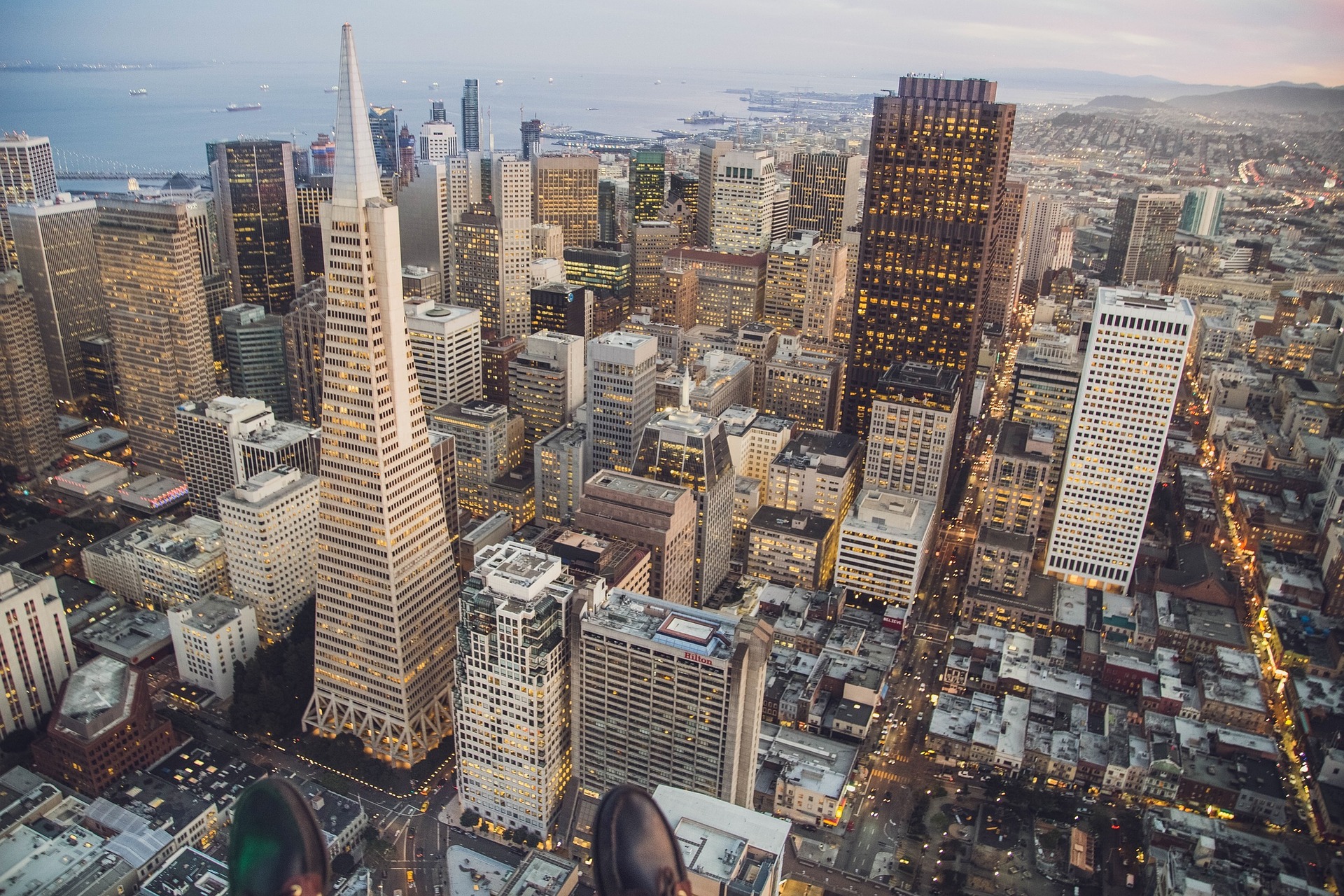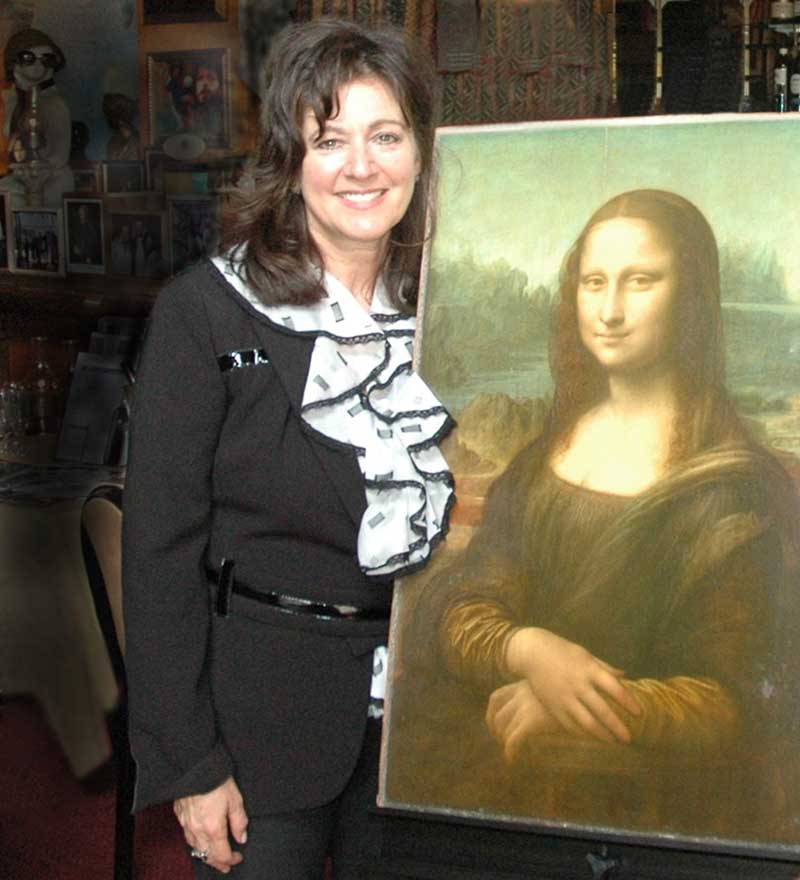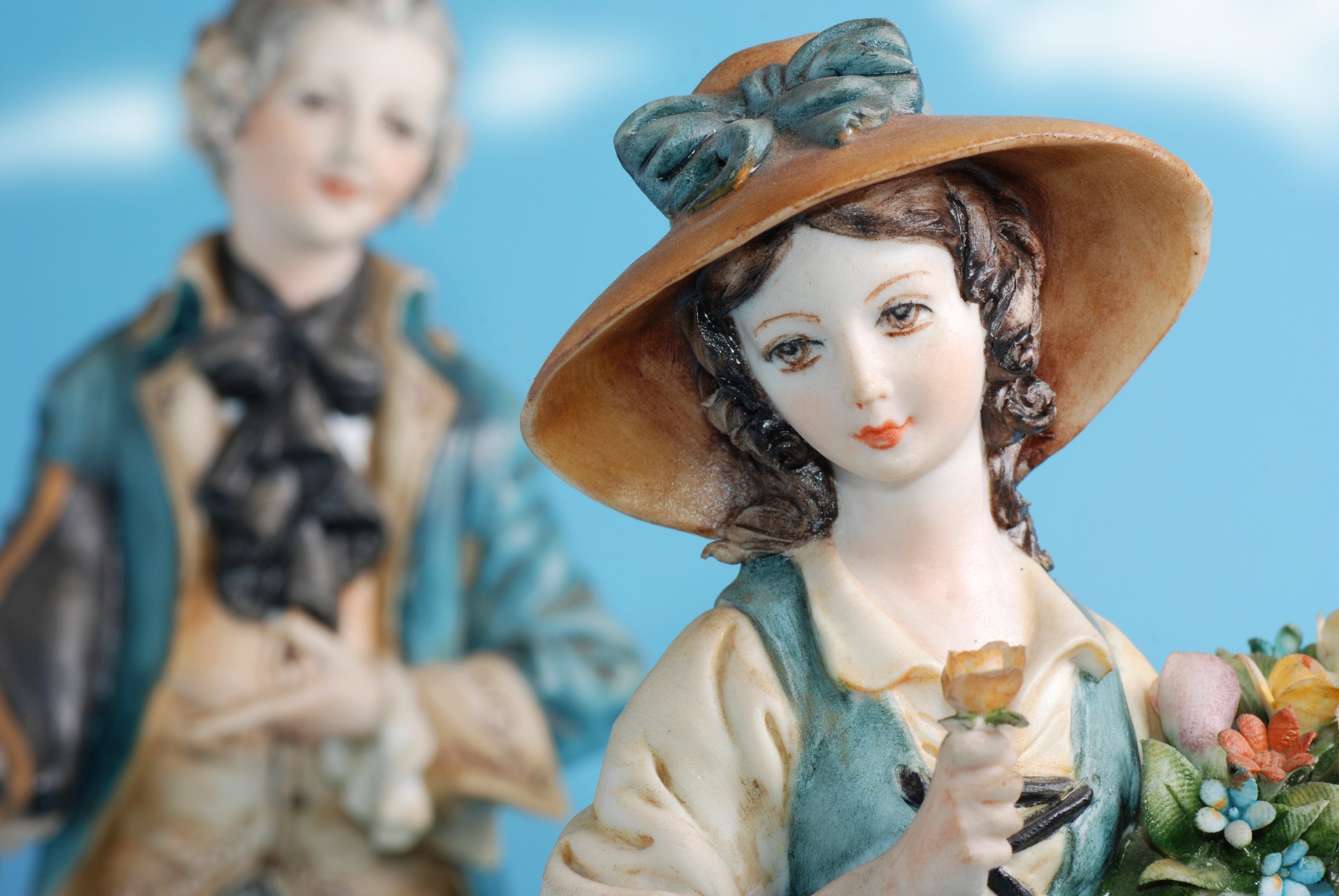The story of Rinaldo Cuneo is the second in a series of articles on Italian artists living, or exhibiting, in San Francisco and who made noteworthy contributions to the cultural fabric of our beloved City by the bay. My column for August will feature the upcoming “Natural Expressions” exhibit (August 22-November 23, 2014) at the Museo Italo Americano.
This exhibit will include works by three contemporary Italian painters Alberto Cristini, Vincent Galassi, and John Malveto.
Painter, Rinaldo Cuneo (1877-1939), was born in San Francisco on July 2, 1877. The Cuneo family was an Italian-American family of artists and musicians who lived on Telegraph Hill.
As an adult, Cuneo lived and worked in a studio in North Beach’s Telegraph Hill, a location with grand views of the bay and surrounding hills. This magnificent setting has stirred hundreds of people over hundreds of years and I suspect the vistas must have inspired the artist’s paintings of landscapes and murals. He became known as the “Painter of San Francisco”, a wonderful expression to be bestowed on an artist.
His art studies included classes at the Mark Hopkins Institute of Art (whose name was changed to the California School of Fine Arts in 1916 and changed again in 1961 to the San Francisco Art Institute). Cuneo’s classmates included Ralph Stackpole and Maynard Dixon. His art education continued in London, and at Académie Colarossi in Paris.
Over the years, Rinaldo became well known for his oil paintings of the San Francisco Bay Area’s cityscapes, marine scenes and still-life’s. His frequent exhibits were well accepted and included the 1915 Panama–Pacific International Exposition and many major Bay Area art exhibits. One art critic wrote “Cuneo’s paintings leave a mellow glow in one’s heart”.
Experts describe his early works as having pastel palettes and broken brushwork in the Impressionist style. His style later developed into Modernism and Tonalism with simple forms in rich earth tones applied with broad strokes. Cuneo explained that “a landscape should embrace volume, simplicity, unity, a good sense of color values, rhythm of line, and above all, light.”
In 1916 Cuneo painted maritime scenes while living in San Anselmo and working for a tugboat service. During the summers of 1920, 1925, 1935, and 1936, he taught at the California School of Fine Arts. It was in 1934 that Cuneo received a commission from the Public Works of Art Project to paint two murals, titled Bay Area Hills, in the elevator vestibule of Coit Tower.
Throughout his life, Cuneo did receive considerable praise but never achieved financial success with his art which lead him to conclude he had failed in his work when in actuality it was probability the dire economic climate during the Great Depression that accounted for a perceived lack of commercial success. This unfortunate situation seems to repeat itself for many talented artists, past and present.
Rinaldo Cuneo died in San Francisco on December 27, 1939. San Francisco Chronicle columnist Herb Caen once wrote “the artist’s wife found more than one hundred hitherto unseen Cuneo paintings hidden in his studio – in corners, in trunks, under books and some even hanging turned to the wall by the artist”. When admiring his murals in the lobby of Coit Tower, it is quite difficult to imagine anyone feeling his paintings were nothing short of breathtaking.
The fact remains that Cuneo’s numerous exhibitions included London, Paris, Rome, New York, and Los Angeles, and, his work was featured in exhibits at the Helgesen Gallery (San Francisco) (1913), Metropolitan Museum of Art (1933), Museum of Modern Art (New York), San Francisco Art Association (1916–34), Golden Gate International Exposition (1939), California Palace of the Legion of Honor, and the de Young Museum. Cuneo’s work has also been exhibited in many permanent museum collections, including the Oakland Museum of California, San Francisco Museum of Modern Art, Sierra Nevada Museum (Reno), San Francisco’s de Young Museum, and the Laguna Art Museum, just to name a few.
A visit to Coit Tower would not be complete without pausing in the elevator vestibule to gaze at the murals, Bay Area Hills. They depict agricultural vibrancy with scenes of the large farming areas in the East Bay and Santa Clara Valley, farm lands that are now only a memory.
Selected paintings of Bay Area subjects include:
• Near San Anselmo, c. 1916, medium unidentified
• Urban Park, c. 1920, oil on canvas
• San Francisco from Telegraph Hill, c. 1927, oil on paper
• Site of Aquatic Park, San Francisco, c. 1927, oil on paper
• Embarcadero at Night, c. 1927, oil on plywood
• Untitled (Baker Beach, near San Francisco), c. 1928
• California Hills with White Boat, c. 1930, oil on canvas
• Bay Area Hills, c. 1934, mural
































